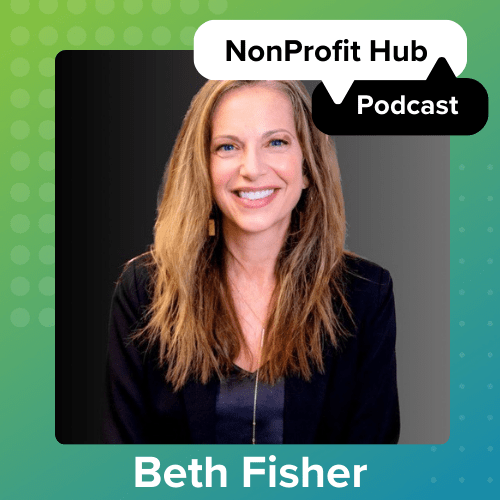For a long time, the nonprofit sector was largely insulated from the pressures of competition common in the for-profit world. As more and more organizations enter the nonprofit arena, however, attention from donors and volunteers becomes increasingly precious. Competition between for-profit businesses is generally seen as healthy, or even necessary. Competition (at least in theory) drives quality upward and costs downward. This sort of theoretical competition exists in the nonprofit world, too: if donors have several philanthropic pursuits to choose from, the best organizations will—again, in theory—come out on top. In practice, however, the same sort of “healthy” competition that propels the for-profit industry can be detrimental for nonprofit organizations.
For one, nonprofits rarely offer the same tangible goods and services that for-profit businesses offer, and, even if they did, donors and volunteers are different from for-profit consumers in that they usually aren’t the direct recipients of nonprofits’ work. For example, if a consumers buys, say, a smartphone from a tech company, they determine that company’s value through that smartphone, sitting in the palm of their hand. Yes: the best donors do their homework to find the organizations making the biggest impact, but they don’t always see that impact firsthand. There’s an added degree of separation between for-profit consumers and nonprofit donors.
As a result, when many for-profit organizations experience encouraging competition, nonprofits experience a sort of anxious territorialism. The difference is subtle, but it’s important: instead of feeling pressure to create better and better products, we, as nonprofit professionals, worry that we may not be able to provide a product or service at all. If donors and volunteers are spreading their time and energy across multiple organizations with the same mission, nonprofits might not be able to continue certain programs. And seeing as donors often use specific programs as benchmarks for success, nonprofits risk losing existing donors in additional to potential ones.
For that reason, when people come to us wanting to start their own nonprofit, we make sure to exhaust all of their for-profit options first. For instance, if someone approaches us wanting to help save the environment, we generally urge them to think about becoming a benefit-corp with a sustainability focus before diving head-first into the paperwork. The nonprofit sector isn’t for everyone, and no one, not even social justice warriors and all-around do-gooders, should feel bad about making money. After all, if you’re a nonprofit or benefit-corp, more money means more meaningful impact.
At the end of the day, we’re all trying to solve the world’s problems through meaningful work, so why are we fighting for customers? We should be finding ways to collaborate, and should work to establish partnerships rather than competitions. A little fun, light-hearted competition is fine, but when donors and volunteers start to run thin, it’s time to think about why we started our work in the first place.






